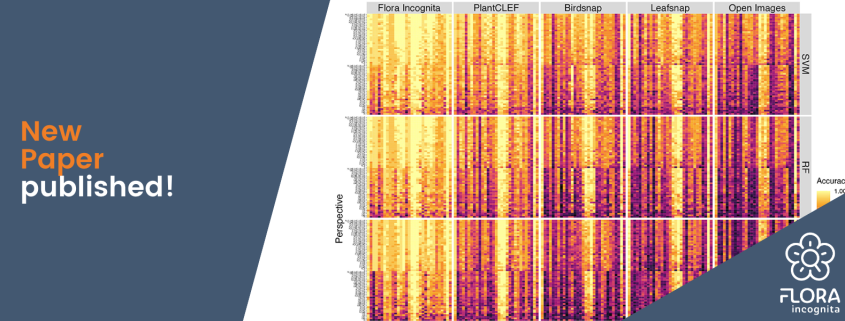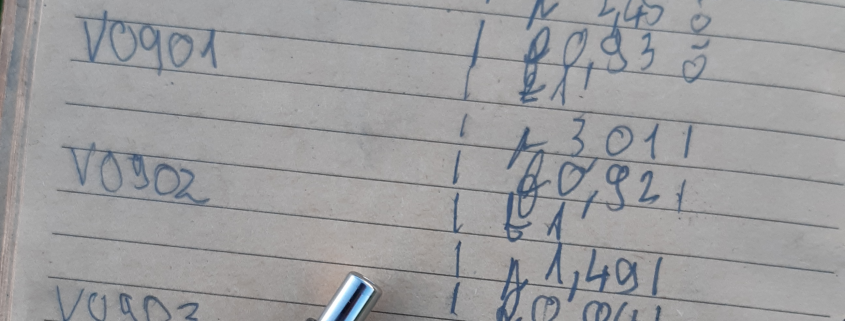Can grasses be identified automatically via smartphone images?
Couch grass or ryegrass? Grasses are considered species, that are difficult to identify. The couch grass (Agropyron repens) is feared and often controlled and in gardens. Ryegrass (Lolium perenne), on the other hand, is the basis of many lawn seed mixtures and is a valuable forage grass. The question is: Can you even differentiate them? In our recently published paper, we investigated whether grasses can be automatically recognized and distinguished despite their great similarity. We wanted to know which perspectives are suitable and whether this would even possible without flowers present.
We studied 31 species using images of the inflorescence, the leaves and the ligule. We found that a combination of different perspectives improves the results. The inflorescence provided the most information. If no flowers are present, pictures of the ligule from the direction of the leaf are best suited to disting uish the grass species. All images were taken with different smartphones.
uish the grass species. All images were taken with different smartphones.
What do we learn from this experiment for our plant identification app Flora Incognita? Even more difficult groups can be well identified automatically, provided suitable images of the correct plant parts are provieded. These newly gained insights will be incorporated into the further development of our app.
In our experiment, we achieved > 96% accuracy for the 31 species when combining all perspectives. We also gained many, many training images that will significantly improve the reliability of the Flora Incognita app for grasses in the future.
Publication:
Rzanny M, Wittich HC, Mäder P, Deggelmann A, Boho D & Wäldchen J (2022) Image-Based Automated Recognition of 31 Poaceae Species: The Most Relevant Perspectives. Front. Plant Sci. 12:804140. https://doi.org/10.3389/fpls.2021.804140



 ional Youth Science Competition. Would you have imagined that happening when you started the project?
ional Youth Science Competition. Would you have imagined that happening when you started the project?